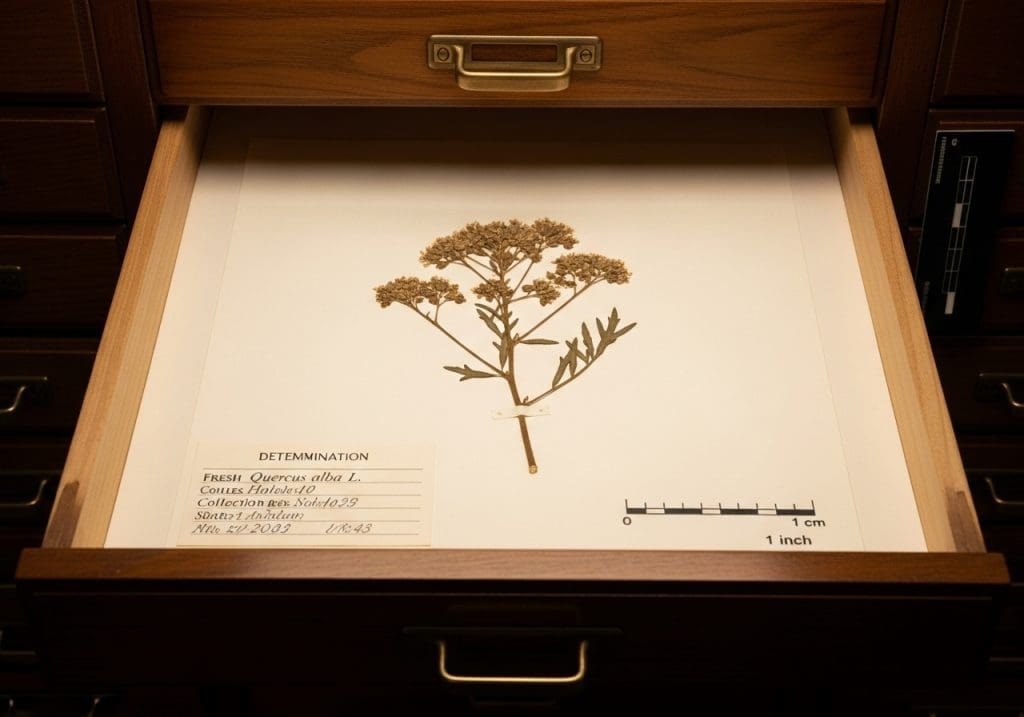Every few months a headline pops up: <em>“Lost plant rediscovered after 100 years!”</em> It’s the kind of story that makes plant lovers smile—and then squint. What does “rediscovered” actually mean? Was the species truly gone? Did we just miss it? And does this change how we, as home growers, think about conservation and the plants we bring into our spaces?
“Sometimes I’ll reread those headlines over breakfast and feel a little hopeful, like the world is quietly handing back pieces we thought were lost.” That feeling is real—but the science behind rediscovery is careful, structured, and worth understanding.

What “Rediscovered” Really Means
When botanists say a species is rediscovered, they mean a plant once feared lost—or even possibly extinct—has been found again in the wild. That doesn’t always mean it was officially declared extinct; sometimes it was just missing from records for decades.
You’ll sometimes hear the term “Lazarus species”—organisms that vanish from records and later reappear. A famous example is the Wollemi pine, rediscovered in Australia after being thought extinct for millions of years.
Why the Confusion Happens
- No sightings ≠ extinction. Remote terrain or small surviving populations can hide plants for decades.
- Survey gaps. Fieldwork is expensive and seasonal.
- Look-alikes. Some plants are cryptic and easy to confuse without flowers or fruits.
- Shifts in land use. Species can persist in overlooked pockets like ravines or farmland edges.
“Rediscovered” vs “New to Science”
Rediscovery is finding a known species again. “New to science” is the formal description of a species never before named, published with a type specimen and diagnosis. News outlets sometimes blur these, but the difference matters. For a friendly breakdown of how new species are confirmed, see How a New Plant Species Is Confirmed.
| Term | Meaning | Example |
|---|---|---|
| Rediscovered | A known species feared lost is found again | Wollemi pine |
| New to Science | Species formally described for the first time | Recently named orchids in Colombia |
| Extinct | No surviving individuals remain | St. Helena Olive (Nesiota elliptica) |

How Botanists Decide a Plant Was “Missing”
Researchers rely on herbarium sheets, community knowledge, repeat surveys, and landscape change data. If a species isn’t recorded for decades—especially after deforestation—it may be flagged as “possibly extinct” until rediscovered. For the official conservation framework, see the IUCN Red List categories.
Key terms simplified:
- Extinct (EX): beyond doubt, no individuals remain.
- Extinct in the Wild (EW): survives only in cultivation.
- Critically Endangered (Possibly Extinct): strong chance gone, but searches continue.
- Data Deficient (DD): not enough information to assess risk.
Why Rediscoveries Happen
- Refugia: Plants survive in microhabitats like misty gorges or cliffs. Grower tip: if you keep cloud-forest species, recreate these conditions—see Cloud Forest Plant Care & Humidity at Home.
- Taxonomic cleanup: DNA studies sometimes revive old names, making a “lost” species reappear on paper.
- New tools: iNaturalist observations and satellite imagery guide botanists to hidden populations.
- Disturbance recovery: Fires or storms awaken dormant seeds from the soil bank.
- Protected access: Stabilized regions or new permits reopen habitats, allowing new surveys.

Reading Rediscovery Headlines Like a Botanist
Before hitting share, ask:
- Where’s the reference? (paper, herbarium voucher, authority page)
- How long was it missing? (10 years ≠ 100 years)
- What happens next? (habitat protection, seed banking, not just a photo moment)
For an inside look at seed conservation after rediscovery, see the Millennium Seed Bank.
What Rediscovery Means for Home Growers
Rediscovery isn’t the finish line—it’s a starting point. As growers, we can mirror conservation practice in small ways:
- Label plants with species, source, and date—like mini herbarium sheets.
- Buy ethically: nursery-propagated or tissue-cultured stock.
- Share cuttings with accurate names and notes.

Glossary
- Lazarus taxon: a species that vanishes, then reappears.
- Refugium: a small microhabitat where a species persists.
- Phenology: timing of flowering or fruiting.
- Voucher specimen: pressed, labeled herbarium record as proof.
| Category | Definition | What it means for plants |
|---|---|---|
| EX | Extinct | No individuals left |
| EW | Extinct in the Wild | Survives only in cultivation |
| CR (PE) | Critically Endangered, Possibly Extinct | Searches continue, but survival unlikely |
| DD | Data Deficient | Not enough info to assess |
A Note on Evidence and Optimism
Biologist E. O. Wilson warned: “The one process now going on that will take millions of years to correct is the loss of genetic and species diversity by the destruction of natural habitats.” Sobering words—but rediscoveries prove that careful searching, community science, and protection can still surprise us. If a plant returns to the record, the work becomes keeping it there.
“On quiet evenings I look over my labels and feel tethered to bigger landscapes—like my little shelf is part of a wider rescue effort.”

RarePlantCare Editorial Team produces expert content on rare plants.
Our articles are AI-assisted and human-edited before publication.
We aim to provide practical, evidence-based guides for plant lovers worldwide.
Learn more about our Editorial Policy


